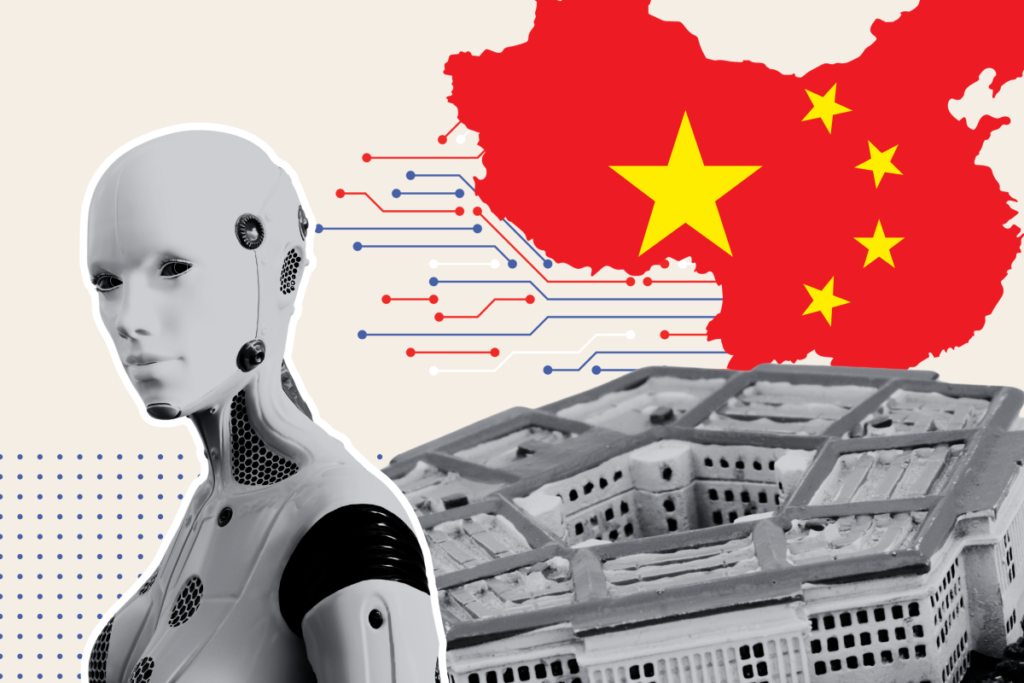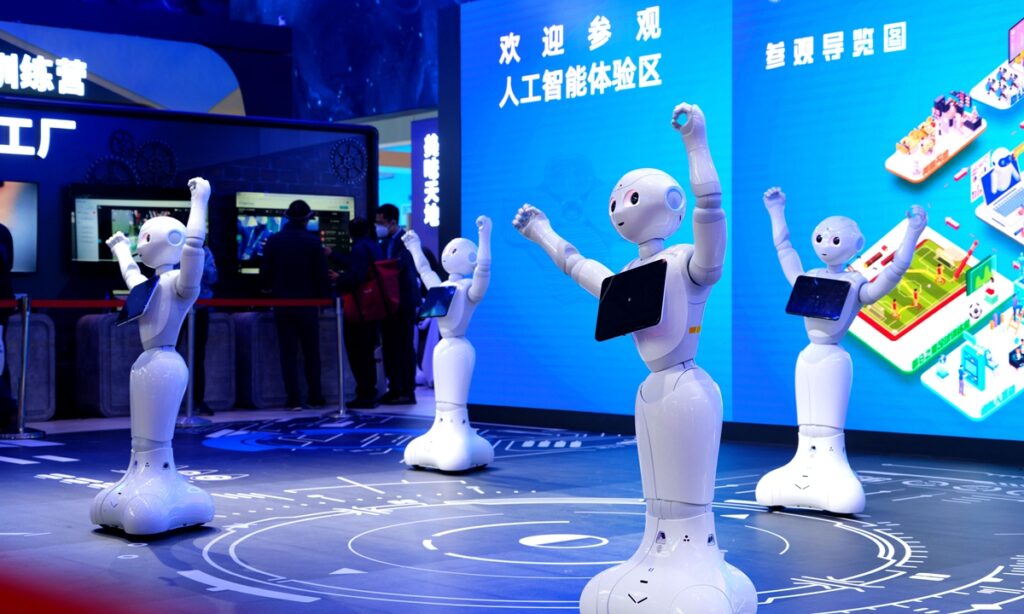
China is poised for an industrial revolution driven by foundational research, with AI technology swiftly becoming a crucial driver for progress in cutting-edge sciences.
-
The Ministry of Science and Technology, along with the National Natural Science Foundation of China, has initiated a project to leverage AI’s capabilities in promoting advanced scientific research.
-
“AI4Science has immense potential and will fundamentally reshape the journey from scientific research to industrial application,” stated E Weinan, a professor at Peking University.
BEIJING, July 31 (Xinhua) — In a state-of-the-art laboratory, a scientist writes a chemical formula on a smart glass panel. With a digital command, an AI-powered robotic “scientist” begins a series of tasks, such as retrieving materials, adding reagents, initiating reactions, monitoring, and testing, all with the precision of a master chef preparing a meal.
This scenario is taking place at XtalPi’s advanced automated lab in Shanghai, where AI is transforming new drug discovery by significantly enhancing efficiency and innovation.
China is on the brink of an industrial revolution driven by foundational research, with AI technology emerging as a crucial force in advancing cutting-edge sciences.

Machine learning and generative AI technologies are now tackling complex mathematical problems, leading to a revolutionary approach to scientific research known as AI for Science (AI4Science). This new model is pushing the boundaries of research and enabling deeper exploration across various scientific fields.
Recently, the Ministry of Science and Technology and the National Natural Science Foundation of China launched a project aimed at using AI to advance frontier scientific research. This initiative focuses on deploying advanced AI models and algorithms to drive breakthroughs in genetic research and biological breeding.
In a recent development, OpenLAM, a Chinese open-source large language model (LLM), unveiled seven new model solutions designed to address complex challenges in fields like alloy development, pharmaceutical small molecules, solid-state batteries, semiconductors, and high-temperature superconductivity.
AI technology is also enhancing weather forecasting accuracy and efficiency. A team in Shanghai has created an AI weather forecast system called FengWu, which uses multi-model and multi-task deep learning to produce high-precision global weather forecasts for up to 10 days in just 30 seconds. Compared to traditional models, FengWu reduces error rates by 19.4% and extends forecast accuracy to 10.75 days, according to the Shanghai Artificial Intelligence Laboratory.

Huawei’s Pangu Weather model is also making significant contributions to meteorology, with forecasts that surpass the accuracy of several European and American meteorological centers. This model excelled in predicting Typhoon Mawar and Typhoon Doksuri in 2023.
In the field of space exploration, AI is making strides. Tencent is collaborating with the National Astronomical Observatories to use AI for pulsar searches with the Five-hundred-meter Aperture Spherical Radio Telescope (FAST). This AI-assisted method has drastically reduced data processing time from a year to just three days and has detected two fast radio bursts, aiding in our understanding of the universe.
In Yantai, a research team has used AI to screen catalysts, identifying four molecular formulas from over 14,000 candidates, achieving outstanding results. This process, which traditionally would take 20 analysts 35 years, was completed in just six months using AI.
Another team from the Tianjin Institute of Industrial Biotechnology has employed AI algorithms to design a new type of enzyme, cytochrome P450, improving its catalytic performance by 1.3 to 3.5 times.
AI technologies are also enhancing the optimization of chemical synthesis and automating lab procedures, accelerating the discovery of new materials through high-throughput screening, as noted by Yang Jinlong from the University of Science and Technology of China.
Zhang Linfeng, president of the AI for Science Institute in Beijing, highlighted the potential of AI in solving complex problems such as lithium dendrite growth in batteries. AI, especially large language models, offers precision and efficiency in this challenging area, he explained.
DP Technology, a Beijing-based startup founded by Zhang, uses AI for molecular modeling across various industries, including biopharmaceuticals, renewable energy, and chemical engineering. The company was recently listed in CB Insight’s AI 100 ranking for 2024, reflecting the significant market shift of China’s AI4Science from research labs to broader industrial applications.
MindRank, a biotech firm in Hangzhou, used its AI drug discovery platform to identify a preclinical candidate among nearly 100 molecules in eight months. The resulting drug, MDR-001, has received clinical trial approvals in China and the United States for conditions like obesity and type 2 diabetes.
AI4Science is poised to profoundly impact basic sciences and subsequent technological advancements, with a transformative effect on scientific research and industrial applications, according to a report by Crystal Stream Capital. E Weinan, a professor at Peking University, noted that AI4Science represents a historic opportunity for China’s science and technology innovation.















Leave a Reply